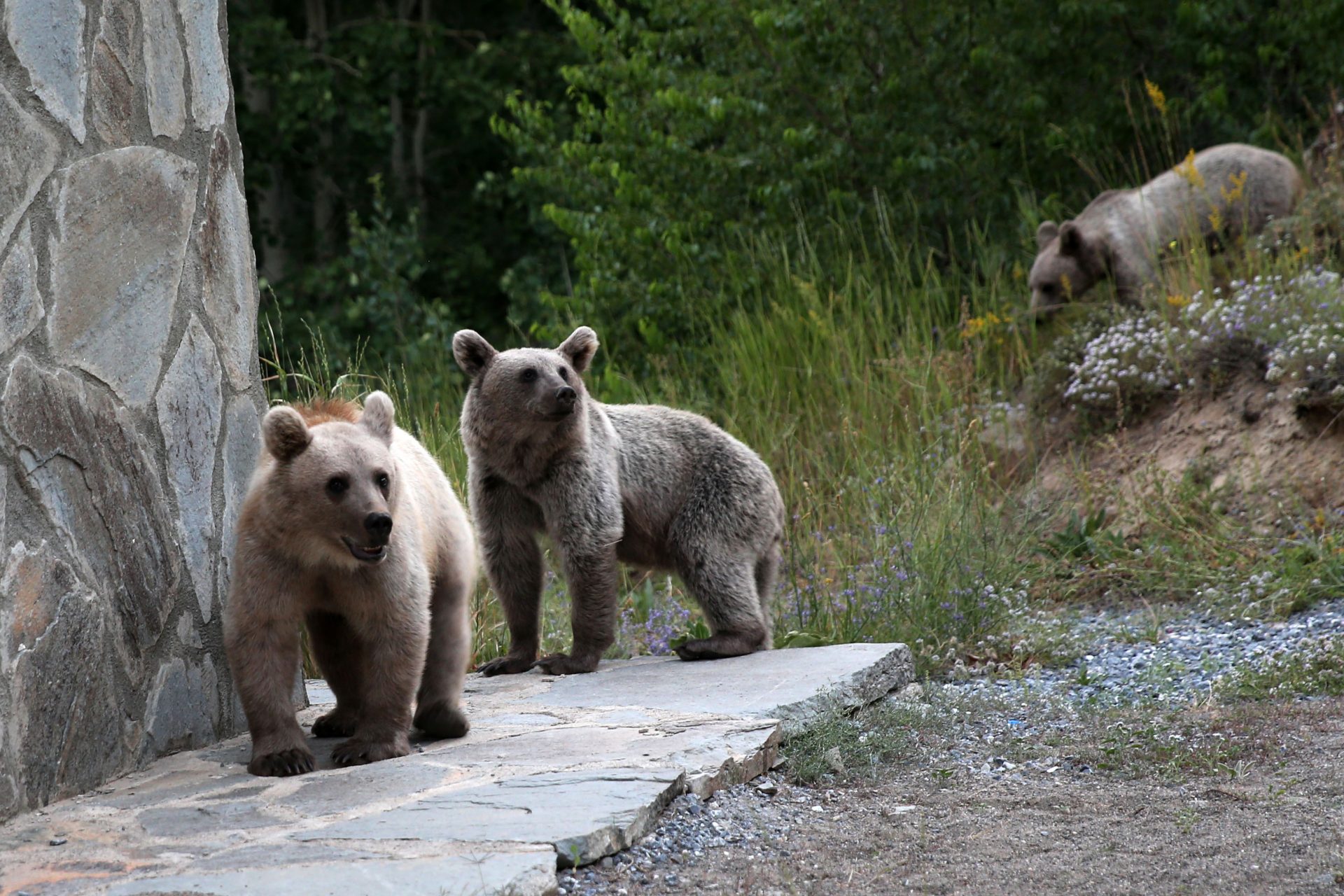Stay safe in Bear Country: Must-know tips for campers and hikers
Canada and the United States are home to some of the most impressive wilderness areas in the world, where wildlife encounters, including with bears, are possible. As human activities encroach further into these territories, bear encounters are occurring more often.
While seeing a bear in its natural habitat can be an unforgettable and exciting experience, it's important to remember that bears are wild animals and can be dangerous if approached or provoked.
In this gallery, we will discuss some tips to prevent bear encounters and stay safe outdoors, citing the Canadian province of Ontario government's Bear Wise program. Click on to brush up on your bear safety tips!
The first step in bear safety is to educate yourself on the basics. There are three species of bears that live in Canada and the United States: black bears, grizzly bears, and polar bears.
Black bears are the most common and can be found in almost every province and territory in Canada. It is important to remember that black bears can be black, blue-black, dark brown, brown, cinnamon and even white in color.
Grizzly bears are found in western Canada and the United States and are much larger in size than black bears and tend to be more aggressive. They also come in a variety of colours from dark brown to blonde.
Polar bears are only found in the northern regions and are easily recognized by their beautiful white coat. It's essential to learn how to identify each species, as well as their behaviour and habits.
The best way to stay safe around bears is to prevent encounters in the first place. Here are some tips from the Ontario Bear Wise program:
Make noise while hiking or walking through the woods to alert bears of your presence, bears do not like to be surprised. Being noisy will give them time to move away before you get too close.
Talk, sing, or clap your hands to make noise. You can also purchase "bear bells" to attach to your pet, your child or yourself to make some noise while hiking.
Bears are less likely to approach a group of people than an individual. Travel in groups of three or more whenever possible.
If you see a bear, stay at least 100 meters away. Use binoculars or a camera with a telephoto lens to view the bear from a safe distance.
Bears have a keen sense of smell and will be attracted to food and garbage. Keep your campsite clean and free of food scraps and garbage. And NEVER store food in your tent!
Use bear-resistant containers for food storage or hang food from a tree at least 4 meters off the ground and 1 meter away from the trunk.
If you are hiking or camping in bear country it is very important to keep your dog on a leash. A dog running freely could cause a defensive bear attack on people nearby, a bear could chase the dog back to its owner.
If you see a bear in the distance, do not approach it. Bears can be dangerous and unpredictable, especially if they feel threatened. Leave the area and give the bear plenty of space.
Even with precautions, you may still encounter a bear. If this happens, it's important to know how to react. The most important thing, which is one of the hardest, is to stay calm if you encounter a bear.
If you are near a building or a vehicle slowly back away from the bear and get inside. You will be far safer inside a car or even an outhouse.
Do not run or make sudden movements. Bears can run up to 50 km/h, so you cannot outrun them. Remain calm and slowly back away.
If the bear is calm and is not exhibiting aggressive behaviour such as clawing at the ground, moaning or growling, then it is best not to spook the bear. So, speak softly and calmly to the bear as you back away. This will let the bear know that you are not a threat.
However, if the bear is exhibiting the aforementioned aggressive behaviour, then you are better off making some noise. Yell, blow a whistle, bang pots and pans, anything to make yourself seem scary and hopefully the bear will be frightened off.
Again, this only applies if the bear appears aggressive. Many experts recommend making yourself appear as big as possible. Stand on top of a picnic table or a rock, and raise your arms to appear larger. Hopefully the bear will be impressed with your size and decide it isn't worth fighting you.
Contrary to popular belief, climbing a tree is not a safe way to escape a bear. Black bears and grizzly bears are excellent climbers and can easily follow you up a tree.
Many people believe that if they encounter an aggressive bear the safest thing to do is play dead. However, authorities agree that this isn't the best course of action and say that if you are attacked by a bear you should fight back however you can.
There is an exception to playing dead and that is if you encounter a mother bear defending her cubs. Since she is not looking for food, if you play dead there is a good chance she will go away and leave you in peace. To play dead, curl up into a ball to protect your vital organs.
While in bear country it is a good idea to carry bear spray with you at all times, and know how to use it. Bear spray is a non-lethal deterrent that can stop a bear in its tracks if needed.
Never miss a story! Click here to follow The Daily Digest.
Photo: By Arne Nordmann (norro) - Own photograph, 2006, CC BY-SA 3.0, https://commons.wikimedia.org/w/index.php?curid=1568003
More for you
Top Stories






































